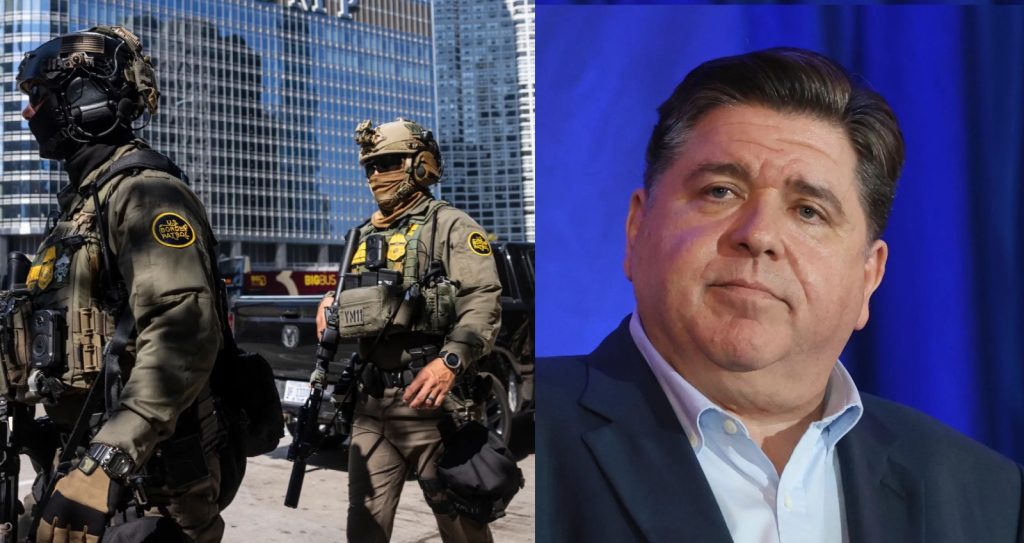
A federal judge in Illinois has issued a major ruling restricting Immigration and Customs Enforcement (ICE) from arresting individuals at courthouses without a judicial warrant—a decision that could significantly reshape immigration enforcement practices across the Midwest.
Court: ICE Must Have Warrant or Show Likelihood of Escape
In a long-running case first filed in 2018—Margarito Castañon Nava, et al. v. Department of Homeland Security—U.S. District Judge Jeffrey Cummings ruled that ICE officers in the Chicago Field Office region (covering Illinois, Indiana, Wisconsin, Missouri, Kentucky, and Kansas) may not detain individuals at courthouses unless they have a signed warrant or can prove the person is likely to flee before a warrant can be obtained.
Under federal law (8 U.S.C. § 1357(a)(2)), ICE can only make warrantless arrests when there’s probable cause and a high risk that the individual will escape. Judge Cummings emphasized that ICE must clearly document this “likelihood of escape” at the time of arrest using Form I-213 and must file this information promptly.
ICE Found in Violation, Court Supervision Extended
The ruling follows a 2022 settlement agreement limiting how ICE can carry out so-called “collateral arrests.” The court found that ICE had repeatedly violated the terms of this settlement, prompting Judge Cummings to extend the court’s oversight of ICE operations until February 2, 2026.
The court also ordered:
- Monthly data reports from ICE on qualifying arrests in Northern Illinois
- Retraining for ICE officers, with documentation filed with the court
- Written acknowledgment of the new policy by all ICE agents
- Reimbursement of immigration bonds and lifting of release conditions for those unlawfully arrested
- Attorney’s fees paid to plaintiffs, citing the government’s unjustified position
Court Rejects ICE’s Warrant Practices
Judge Cummings also addressed ICE’s use of administrative warrants (Form I-200) issued on the spot by field supervisors—often without a prior Notice to Appear (NTA). According to federal regulations (8 C.F.R. §§ 236.1(b) and 1236.1(b)), the court ruled that these warrants cannot substitute for proper legal procedures and do not meet the standards for courthouse arrests.
Key Incidents: “Liberty 12” and Misstated Records
The court highlighted specific incidents where ICE violated the settlement, including:
- A February 2025 raid at a Missouri restaurant, where employees were detained under guard and at least one was handcuffed. The judge determined that individuals were not free to leave and that ICE did not demonstrate a risk of escape.
- Misinformation on I-213 forms, where basic facts about a detainee’s community ties were misstated. The court ruled that officers must collect and record these details during the arrest if they intend to rely on them for legal justification.
DHS Responds: “No Sanctuary from the Law”
Despite the court’s ruling, the Department of Homeland Security (DHS) pushed back against the idea of limiting courthouse arrests.
“We aren’t some medieval kingdom; there are no legal sanctuaries where you can hide and avoid the consequences for breaking the law,” DHS said in a statement. “Nothing in the Constitution prohibits arresting a lawbreaker where you find them.”
While DHS said it will comply with lawful court orders, it warned that these limitations make it harder to detain individuals with final removal orders and to secure federal spaces during high-tension events.
What Comes Next?
Though parts of the federal government remain shut down, the judge ordered ICE to act swiftly to meet compliance deadlines. The ruling could set a precedent for how immigration enforcement interacts with local court systems—not just in the Midwest, but potentially nationwide.
Leave a Reply